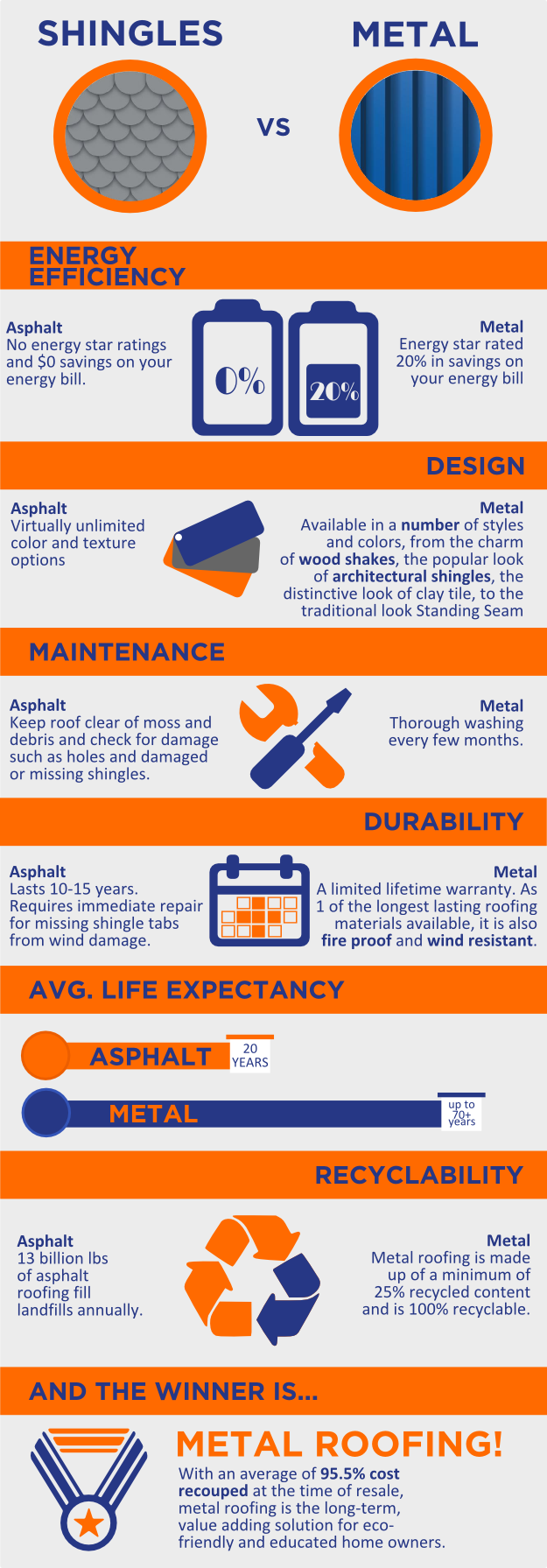Recognizing Solar Panel Innovation And How It Functions: A Newbie'S
Recognizing Solar Panel Innovation And How It Functions: A Newbie'S
Blog Article
Created By-Merritt Hendriksen
So, you've found out about solar panels and their prospective to generate electricity from sunshine, but how specifically do they work? Recognizing the elaborate innovation behind solar panels can be a remarkable trip into the world of renewable energy. From the standard principles of photovoltaic cells to the elaborate elements that compose a photovoltaic panel system, there's an entire realm of understanding waiting to be checked out. Let's unwind the mysteries of photovoltaic panel technology together.
Solar Panel Technology Fundamentals
To really grasp the essence of solar panel technology, you need to look into the fundamental concepts that underpin its functionality. Solar panels consist of photovoltaic cells, commonly made from silicon, which have the exceptional capacity to convert sunlight into electrical energy through the photovoltaic or pv impact. When sunlight hits the cells, the photons in the light interact with the silicon atoms, causing the electrons to damage devoid of their atomic bonds. This develops an electrical current that can then be utilized for powering various devices.
The essential part of solar panels is the semiconductors within the photovoltaic cells, which facilitate the conversion of sunlight into useful electrical power. These semiconductors have both positive and negative layers, producing an electrical field that allows for the flow of electrons.
This flow of electrons, when attached in a circuit, generates straight existing (DC) electrical power. Understanding these basic principles is crucial for valuing just how photovoltaic panels can harness the sun's energy to power homes, businesses, and even satellites precede.
Exactly How Solar Panels Generate Electrical Power
Solar panels harness the sunlight's energy by transforming sunlight into electrical power through a procedure known as the photovoltaic or pv effect. When sunlight strikes the solar panels, the photons (light bits) are absorbed by the semiconducting products within the panels, normally made of silicon. https://200-w-solar-panel20874.ziblogs.com/29434985/the-investigation-right-into-one-of-the-most-ideal-photovoltaic-panel-kind-for-your-residence-starts-currently-with-vital-aspects-awaiting-your-discovery-are-you-prepared-to-engage creates an electrical current as the photons knock electrons loose from the atoms within the material.
The electrical areas within the solar cells then compel these electrons to move in a specific instructions, developing a straight present (DC) of electrical energy. simply click the next web page is after that travelled through an inverter, which converts it into rotating current (AIR CONDITIONER) power that can be made use of to power your home or company.
Excess electricity produced by the photovoltaic panels can be stored in batteries for later usage or fed back right into the grid for credit through a procedure called internet metering. Understanding how photovoltaic panels generate electricity is crucial to valuing the ecological and cost-saving advantages of solar power systems.
Recognizing Photovoltaic Panel Elements
One critical aspect of photovoltaic panel technology is understanding the different elements that make up a solar panel system.
The crucial elements of a photovoltaic panel system consist of the photovoltaic panels themselves, which are composed of solar batteries that convert sunshine right into electricity. These panels are installed on a structure, commonly a roof, to catch sunshine.
Along with the panels, there are inverters that transform the direct existing (DC) electricity produced by the panels right into alternating present (AIR CONDITIONER) power that can be used in homes or services.
The system additionally consists of racking to support and position the photovoltaic panels for optimal sunlight exposure. Furthermore, cords and connectors are necessary for transferring the power produced by the panels to the electric system of a structure.
Finally, solar installer might be included to track the efficiency of the photovoltaic panel system and ensure it's operating efficiently. Recognizing these parts is important for any person aiming to install or make use of solar panel innovation successfully.
Verdict
Since you understand the essentials of photovoltaic panel innovation and how it functions, you can appreciate the power of taking advantage of sunshine to create tidy and renewable energy for your building. By utilizing the photovoltaic or pv effect and elements like inverters and monitoring systems, you can contribute to a much more sustainable future while likewise potentially minimizing energy costs. Maintain discovering and discovering the opportunities of solar power for a greener tomorrow.
